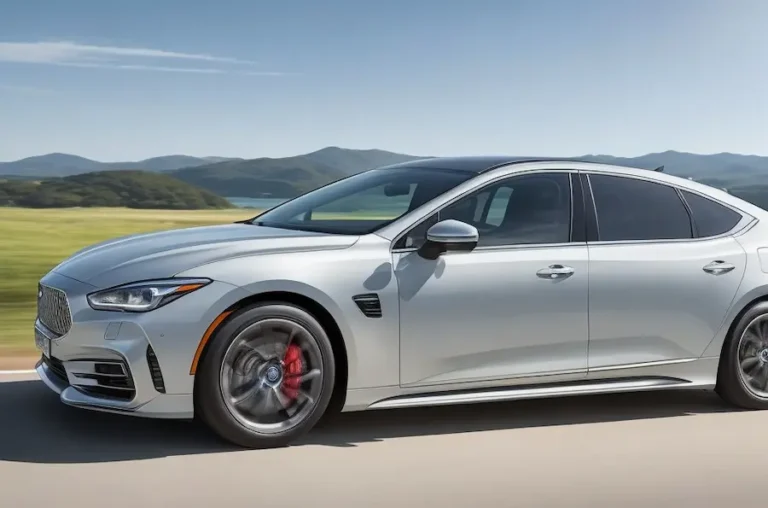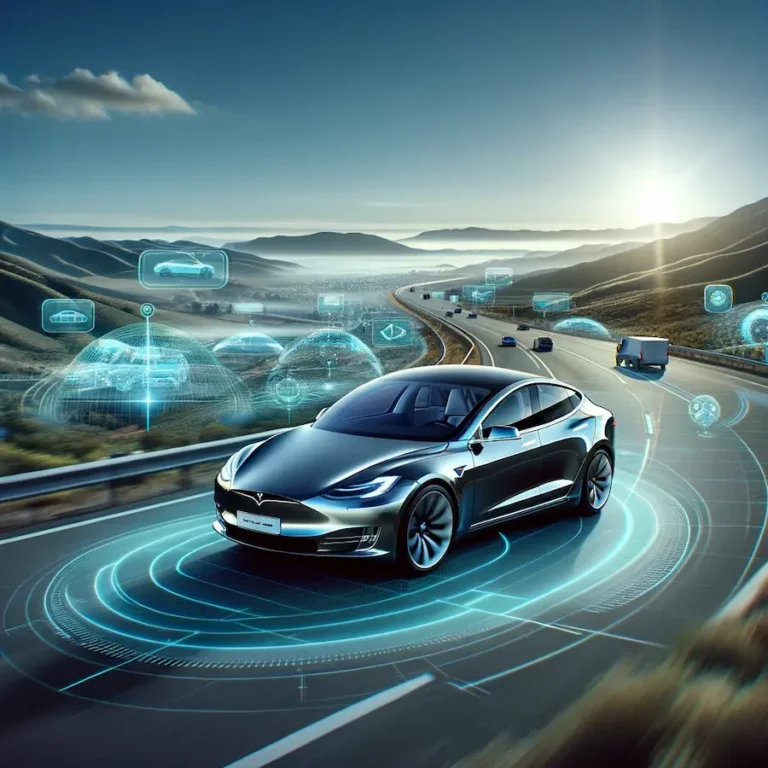Unearthing the Wonders of Zero-Wheeled Vehicles: A Journey into the Future

Part 1: The Dawn of a New Era in Transportation
Welcome to the fascinating world of zero-wheeled vehicles! Imagine a mode of transportation that defies traditional design and operates without the very thing we’ve long associated with mobility: wheels. Sounds like a page taken straight out of a science fiction novel, doesn’t it? But, what if I told you that this isn’t just a fragment of imagination anymore? In this blog post, we’re going to embark on an enthralling journey through the groundbreaking concept of zero-wheeled vehicles.
The Concept Unveiled
The very idea of a vehicle without wheels challenges our conventional understanding of movement and transportation. Historically, the wheel has been a cornerstone of mobility, from the chariots of ancient civilizations to the sophisticated cars of the modern era. However, with the rapid advancement of technology, particularly in magnetism and levitation, the once-unthinkable concept of zero-wheeled vehicles is becoming a tangible reality.
Imagine floating vehicles, utilizing magnetic levitation (maglev) technology, hovering above the ground, offering a frictionless, efficient, and environmentally friendly mode of travel. These vehicles are not just a revolutionary approach to transportation but also a testament to human ingenuity and the relentless pursuit of innovation.
The Science Behind the Magic
At the heart of zero-wheeled vehicles lies the concept of magnetic levitation. This technology uses magnetic fields to lift and propel vehicles, eliminating the need for wheels, axles, and bearings. The principle is straightforward yet ingenious: oppositely charged magnets repel each other, creating a force strong enough to lift the vehicle off the ground.
This levitation method, already in use in some high-speed trains, offers a glimpse into the future of transportation. These vehicles are not only faster and quieter but also less maintenance-intensive compared to their wheeled counterparts. The absence of friction means less wear and tear, leading to a longer lifespan and reduced environmental impact.
Part 2: Tracing the Tracks of Innovation – The Historical Evolution
In this part, we’re going to trace the historical tracks that led to this revolutionary concept. It’s a story that intertwines the past with the future, blending ambition with innovation.
From Fantasy to Feasibility
The story of zero-wheeled vehicles isn’t a recent development; it’s rooted deep in our history. The idea of levitating objects can be traced back to ancient civilizations, where myths and legends spoke of flying carpets and chariots. Fast forward to the 20th century, and we see science fiction novels and movies depicting various forms of levitating vehicles, capturing the imagination of millions.
But when did this fantasy start turning into a feasible concept? The turning point was the development and refinement of magnetic levitation technology. The late 20th and early 21st centuries witnessed significant advancements in maglev technology, primarily driven by the quest for faster and more efficient mass transit systems. The maglev train, a marvel of engineering, is a prime example of this technology in action. Operating in countries like Japan and Germany, these trains can reach incredible speeds, all while floating above the tracks, thanks to powerful electromagnets.
Milestones in Magnetic Levitation
The journey of magnetic levitation from a theoretical concept to a practical application is filled with numerous milestones. The first successful maglev train, made operational in the 1980s, was a landmark achievement. It demonstrated that high-speed, frictionless travel was not only possible but also practical.
Another significant milestone was the development of more advanced and efficient magnetic systems, which made levitation more energy-efficient and cost-effective. These advancements have paved the way for the exploration of maglev technology beyond trains, expanding into personal and commercial vehicles.
Part 3: The Present and the Horizon – Zero-Wheeled Vehicles Today and Tomorrow
In this part, we’ll delve into how these vehicles are shaping our present and what potential they hold for transforming our future.
Zero-Wheeled Vehicles in Today’s World
As of now, the application of zero-wheeled vehicle technology is in a nascent stage but growing rapidly. The most visible and successful implementation remains in the realm of high-speed maglev trains. These trains, operational in several countries, are setting new standards in transportation efficiency and speed. Their ability to reduce travel time significantly while minimizing environmental impact is a testament to the potential of zero-wheeled technology.
Beyond trains, there are experimental prototypes of personal and commercial vehicles that utilize magnetic levitation. These prototypes are pushing the boundaries of what’s possible, offering a glimpse into a future where roads and highways could be replaced by magnetic fields, and traffic congestion could become a thing of the past.
The Future Awaits
The future of zero-wheeled vehicles is not just promising; it’s exhilarating. Imagine cities with vehicles floating seamlessly, reducing noise pollution and completely eliminating emissions. The impact on urban design and infrastructure could be profound. Cities could be reimagined with new forms of transportation lanes, more green spaces, and less pavement.
Furthermore, the technology behind zero-wheeled vehicles could lead to advancements in other fields. The principles of magnetic levitation could be applied to various industries, revolutionizing the way goods are transported and potentially even impacting the field of space travel.
Part 4: Navigating Challenges and Embracing Opportunities – The Road Ahead for Zero-Wheeled Vehicles
Welcome back to our ongoing exploration of zero-wheeled vehicles. In this part, we’ll dive into the challenges that lie ahead and the opportunities that this revolutionary technology presents.
Overcoming the Hurdles
Every groundbreaking innovation comes with its set of challenges, and zero-wheeled vehicles are no exception. One of the primary hurdles is the cost associated with developing and implementing magnetic levitation technology on a wide scale. Building infrastructure that supports maglev vehicles, especially in urban areas, requires substantial investment.
Another significant challenge is the current dependency on traditional forms of transportation. Shifting from a wheel-based infrastructure to a maglev system is not just a technological shift but also a cultural and logistical one. It demands changes in urban planning, vehicle design, and public perception.
Safety is also a paramount concern. Ensuring that these high-speed, levitating vehicles are safe for passengers and do not pose risks in urban settings is crucial. This involves rigorous testing, robust safety protocols, and perhaps new regulatory standards.
The Bright Opportunities
Despite these challenges, the opportunities that zero-wheeled vehicles offer are too significant to ignore. The environmental benefits alone are substantial. With no emissions and significantly reduced noise pollution, zero-wheeled vehicles represent a cleaner, quieter mode of transportation, which is vital in our fight against climate change.
There’s also the potential for a radical transformation in urban and intercity travel. Imagine living in a world where long commutes are a thing of the past, thanks to the high speed and efficiency of maglev vehicles. This could lead to more connected cities and regions, fostering economic growth and improving quality of life.
Moreover, the technological advancements driven by the development of zero-wheeled vehicles could spill over into other industries, leading to innovations we haven’t even thought of yet. The possibilities are as vast as they are exciting.
Part 5: Envisioning the Future – The Impact and Potential of Zero-Wheeled Vehicles
As we conclude our exploration of zero-wheeled vehicles, let’s reflect on the impact this revolutionary technology could have on our world and the potential it holds for reshaping the future of transportation.
Summarizing the Journey
We embarked on a journey through the realm of zero-wheeled vehicles, starting from the basic concept and its historical roots, to its current applications and the promise it holds for the future. We’ve seen how this technology, primarily based on magnetic levitation, challenges traditional notions of transportation and offers a cleaner, more efficient alternative to wheel-based vehicles.
The story of zero-wheeled vehicles is one of innovation and ambition, demonstrating humanity’s relentless pursuit of advancement. From the maglev trains already in operation to the prototypes of personal and commercial vehicles, this technology is slowly but steadily making its way from the realms of science fiction into reality.
The Broader Impact
The implications of zero-wheeled vehicles extend far beyond just a new mode of transportation. They represent a potential paradigm shift in how we approach city planning, environmental conservation, and even global connectivity. The adoption of this technology could lead to more sustainable urban environments, reduced carbon footprints, and a new era of high-speed, efficient travel.
Moreover, the ripple effects of these advancements could stimulate innovation in various sectors. From engineering to environmental science, the development of zero-wheeled vehicles could spark new research and technologies that could benefit multiple aspects of our lives.
Embracing the Future
As we stand at the cusp of this technological revolution, it’s exciting to think about the possibilities that lie ahead. While there are challenges to overcome, the potential benefits of zero-wheeled vehicles make it a pursuit worth exploring. As we continue to advance technologically, it’s crucial to remain open to new ideas that challenge the status quo and push us towards a more sustainable and efficient future.
Zero-wheeled vehicles are not just a symbol of human ingenuity; they are a beacon of hope for a future where technology and sustainability go hand in hand. As we move forward, let’s embrace these innovations with an open mind and a vision for a better tomorrow.
Explore further sections of our website to delve into comprehensive and insightful content regarding Cadillac, as well as a myriad of other distinguished vehicles.






